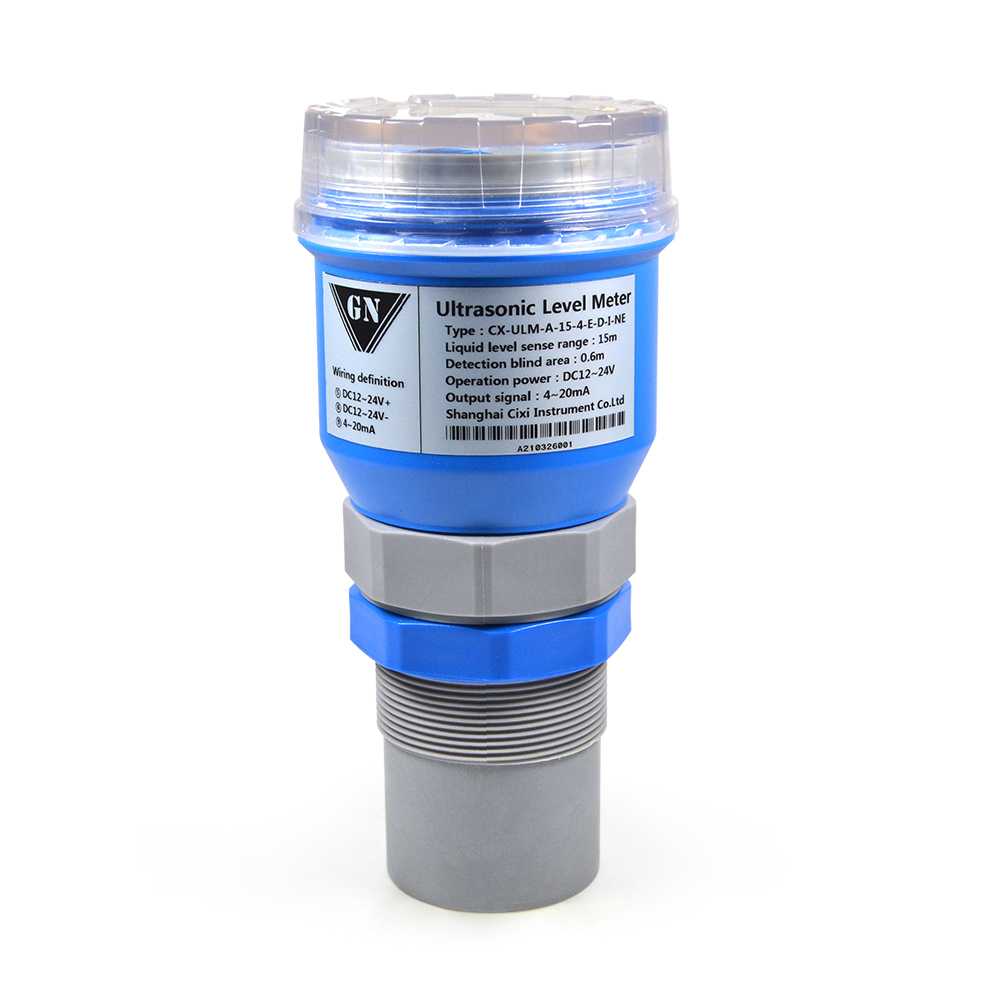How to choose a water level sensor
When choosing a water level sensor, you need to consider multiple factors to ensure that the selected sensor can meet the specific application requirements and environmental conditions. Here are some key selection points:
1. Clarify application requirements
Application field: First, clarify which field the water level sensor will be used in, such as industry, home appliances, reservoir monitoring, etc. Different fields may have different requirements for sensors.
Measurement range: Determine the water level range that needs to be measured to select the appropriate sensor range.
Accuracy requirements: Determine the required measurement accuracy based on application requirements.
2. Consider sensor type and its characteristics
There are many types of water level sensors, each with its own unique detection principle and applicable scenarios. Here are some common sensor types and their characteristics:
Float type water level sensor:
Principle: Use a float that can move up and down to detect the water level.
Advantages: Simple structure and low cost.
Disadvantages: Vulnerable to water level fluctuations, liquid viscosity, debris and other factors, and relatively short life.
Capacitive water level sensor:
Principle: Use changes in capacitance to detect water level.
Advantages: Suitable for water tanks made of non-metallic materials.
Disadvantages: Metal materials will interfere with detection and may cause misjudgment.

Principle: Water level is measured by emitting ultrasonic pulses and receiving reflected echoes.
Advantages: Real-time detection, accurate liquid level detection, and fast feedback signal.
Disadvantages: Large volume, blind spots at a certain distance, and requirements for the range and volume of the measured container.
Photoelectric water level sensor:
Principle: Water level is detected using the principle of light refraction.
Advantages: High repeatability, high detection accuracy, high reliability, long life, and little influence by external factors (such as pressure, temperature, density, etc.).
Disadvantages: May be affected by light interference or occlusion.
Other types: Such as pressure type, optical type, resistance type, thermal type, magnetic float type, etc. Each sensor has its own unique detection principle and applicable scenario.
III. Evaluate performance parameters
Measurement accuracy: Ensure that the measurement accuracy of the selected sensor meets the application requirements.
Response time: Consider the response speed of the sensor when the water level changes.
Stability and reliability: Select sensors with good stability and high reliability to reduce false alarms and failure rates.
Anti-interference ability: In an environment with strong electromagnetic interference, a sensor with strong anti-interference ability should be selected.
4. Consider other factors
Cost: Choose a suitable sensor according to the budget.
Installation and maintenance: Consider the installation convenience and maintenance cost of the sensor.
After-sales service: Choose suppliers and brands with good after-sales service.
5. Summary and selection
In summary, when choosing a water level sensor, it is necessary to comprehensively consider the application requirements, sensor type and its characteristics, performance parameters
and other factors. In the actual selection process, it is recommended to consult professionals or refer to relevant technical materials for more detailed information and suggestions. The
final selection should be based on comprehensive evaluation and comparison to ensure that the selected sensor can meet the specific application requirements and environmental conditions.
If you are looking for a suitable
liquid level meter and don’t know how to choose, please consult CIXIFM winny:
Email:sales01@cxflowmeter.com
whatsapp:008618049841995

